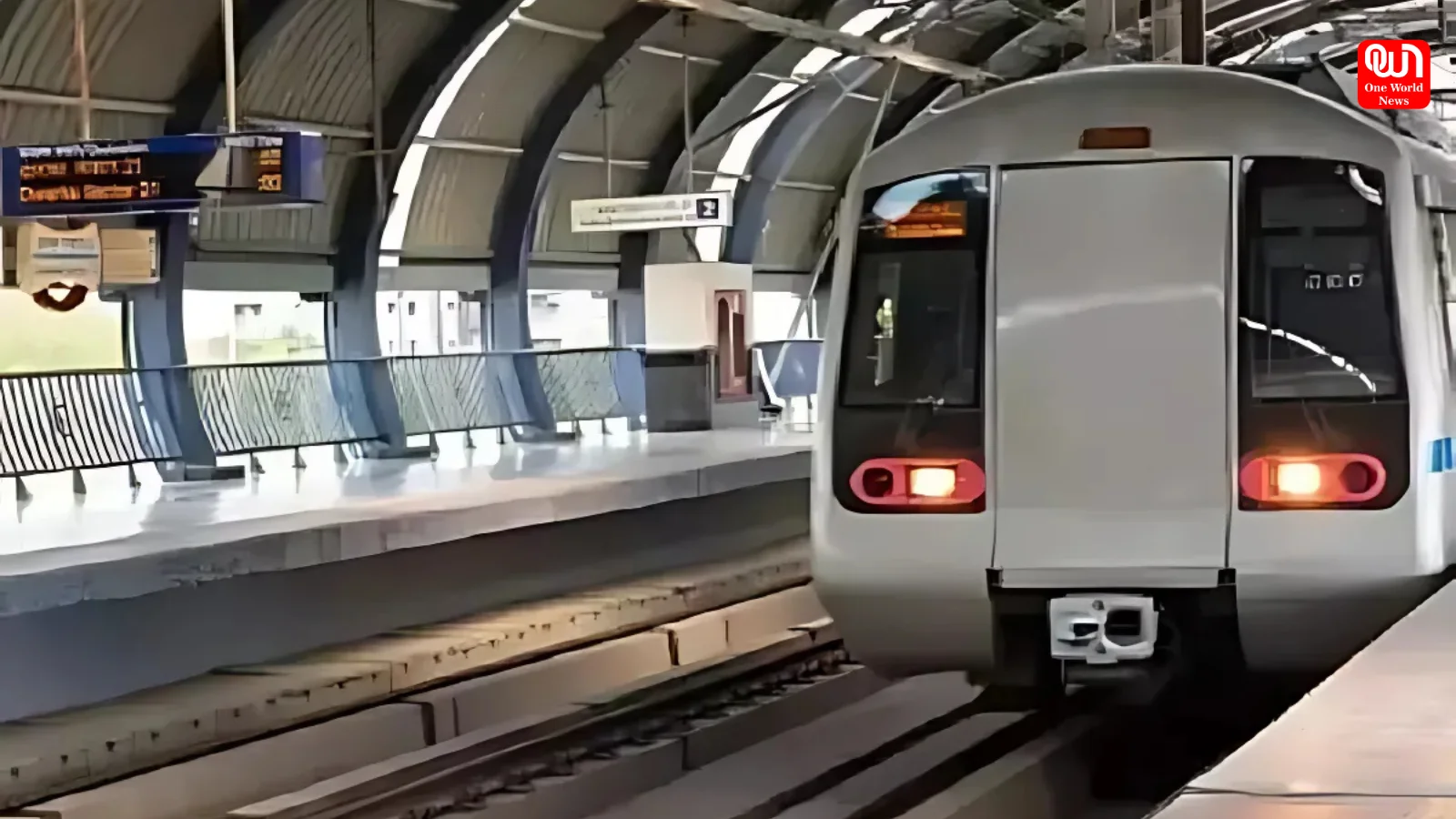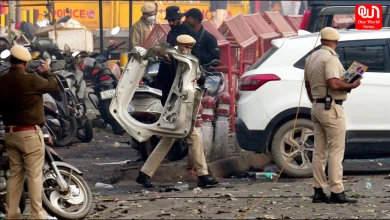Enhanced Urban Mobility: Rithala-Kundli Corridor Set to Transform Delhi-Haryana Travel
The Rithala-Kundli Metro Corridor boosts Delhi-Haryana connectivity, reduces travel time, eases traffic, and fosters regional economic growth.
Rithala-Kundli Metro Corridor: Transforming Delhi-Haryana Connectivity with Improved Travel and Economic Opportunities

The ambitious Rithala-Narela-Nathupur (Kundli) metro corridor under Delhi Metro’s Phase-IV expansion has been approved by the Union Cabinet. Stretching 26.463 kilometers, this corridor is going to redefine connectivity between Delhi and Haryana, marking another milestone in the National Capital Region’s (NCR) urban mobility evolution.
A Game-Changer in Connectivity
Union Minister for Railways, Ashwini Vaishnaw, announced the approval via a post on his social media, highlighting its significance. He said, “Seamless connectivity between Delhi & Haryana! New metro corridor approved; Rithala – Narela – Nathupur, Length: 26.463 km, Stations: 21 elevated, Cost: ₹6,230 crore. This will reduce travel time, ease traffic congestion and foster urban mobility.” With this approval, the Rithala-Kundli corridor emerges as a key infrastructure project aimed at addressing the region’s growing demand for efficient transportation.
The entire corridor will join Shaheed Sthal (New Bus Adda) – Rithala Red Line connecting all important spots on the northwest Delhi regions of Narela, Bawana, and other parts of Rohini. It will help to reduce traffic congestion enormously, decrease vehicular pollution, and therefore reduce smog in the whole NCR region when finished.
Key Features of the Project
The project, pegged at ₹6,230 crore, is to be undertaken by the Delhi Metro Rail Corporation Limited over four years. In all, 21 elevated stations are to be dotted along the stretch for enhancing connectivity across urban and suburban regions. Some of the important stations are Rithala, Rohini Sector 25, Bawana Industrial Area, and Nathupur.
The most distinctive feature is the integration of corridors with the current metro infrastructure. It will connect Shaheed Sthal New Bus Adda in Ghaziabad with Nathupur in Haryana thus streamlining movement across Delhi, Uttar Pradesh, and Haryana. This will consequently increase economic activity, enhance accessibility, and consolidate regional ties within the NCR.
Wider Significance for Urban Mobility
Other than the Rithala-Kundli corridor, the Phase-IV expansion of Delhi Metro involves three priority corridors in aggregate amounting to 65.202 kilometers and 45 stations. Over 56% construction work has already been done on these corridors that will start operations around March 2026. Another two corridors of 20.762 kilometers have also been sanctioned, which will further augment Delhi Metro as a catalyst of urban mobility.
#WATCH | Union Cabinet approves Delhi Metro Phase-IV, Rithala-Narela-Kundli corridor of approx 26 km to enhance connectivity between the national capital and Haryana pic.twitter.com/I1aRt3kdEH
— ANI (@ANI) December 6, 2024
Today, the Delhi Metro network has stretched up to 392 kilometres. Its average number of stations amounts to 288 with 64 lakh passenger journeys in a day. On 18 November 2024, it reached a historical peak of 78.67 lakh passenger journeys. An alternate network of mass travel other than road travel would be available when all more corridors are brought under Phase-IV.
Read more: Delhi-NCR Set for More Traffic Woes as Farmers’ Protest Intensifies
Advantages to the commuters
This Rithala-Kundli corridor is expected to bring tremendous dividends for commuters. Lesser travel time will make the daily journey efficient, thereby ensuring effective work-life balance. Decongestion of traffic on prominent roads will ensure a lower journey time for motorists with an eco-friendly urban scenario. For the citizens dwelling in Bawana, Narela, and Kundli, easy access to the metro will mean new employment opportunities and avenues for education and leisure.
Metro Expansion to Haryana
This is Delhi Metro’s fourth corridor expansion into Haryana after already connecting to all the other existing routes on the network in Gurugram, Ballabhgarh, and Bahadurgarh. This venture also makes Delhi Metro a fantastic bonding force for the NCR as the interstate connectivity enhances so that the towns and cities in Haryana are more accessible toward facilitating balanced urban development.
Conclusion: A Future in Sight
With its sanction, the Rithala-Kundli corridor was more than a transport undertaking- it marked a step closer to building a sustainable future for NCR, for it has been decreasing personal vehicle dependency and bringing integrated transport systems for the regions within it, by remaining at par with standards for punctuality, reliability, and environmental sustainability in service delivery.
DMRC is therefore, in the process of ground-work building towards an implementation of a metro system, today that will meet current requirements but also be equipped with tomorrow’s needs in terms of vision. It goes without saying that such commitment of urban mobility, now the life-line for the city, is as demonstrated by projects like Rithala-Kundli Corridor.
We’re now on WhatsApp. Click to join.
Like this post?
Register at One World News to never miss out on videos, celeb interviews, and best reads.








